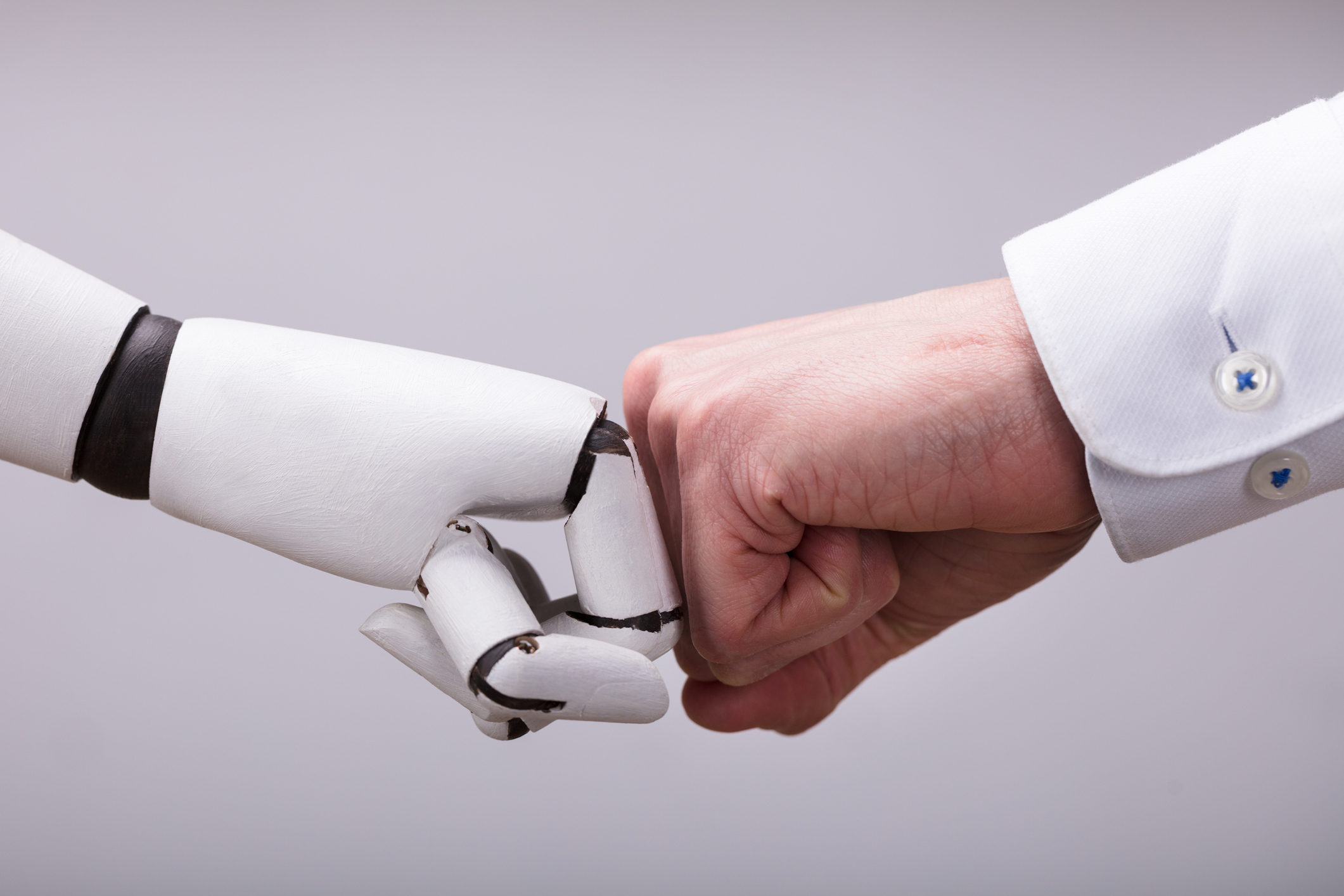
Several plant-based foods readily available in supermarkets contain bioactive molecules that could not only prevent cancer but also treat it.
That’s according to a recent study by researchers at Imperial College London. Published in Scientific Reports, the report is the result of combining machine learning with crowdsourced computing power to identify foods with the strongest cancer-beating molecules accomplishing
Among the foods identified were tea, grapes, carrots, coriander, oranges, dill, cabbage and wild celery.
“With rapidly aging populations, the world is experiencing an unsustainable healthcare and economic burden from chronic diseases such as cancer, cardiovascular, metabolic and neurodegenerative disorders,” the researchers wrote. “Diet and nutritional factors play an essential role in the prevention of these diseases and significantly influence disease outcome in patients during and after therapy. According to most recent data, up to 30–40 percent of all cancers can be prevented by dietary and lifestyle modifications alone.
The researchers used an algorithm to replicate the effects of nearly 2,000 anticancer drugs, including 199 specifically designated as such, on human biological processes. After validating their model—it predicted anti-cancer therapeutics with classification accuracy of 84% to 90%—the team fed it a sprawling database of close to 7,962 bioactive molecules present in foods.
With this, the model predicted 110 cancer-beating molecules would behave similarly to drug therapies from various chemical classes.
These 110 molecules formed the basis of a resulting “food map” showing the plant-based consumables that contain the strongest potential for use in cancer prevention and treatment.
“Being able to first identify food ingredients and later design ‘hyperfoods’ that are richest in CBMs and having health promoting or therapeutic influence, represents an unprecedented opportunity to reduce healthcare costs and potentially enhance health outcomes for chronic diseases such as cancer, the researchers noted. “Since in the modern era of designer gastronomy the consumers are increasingly discerning and demanding, the design of hyperfoods is a multi-faceted optimization problem taking into account not only pro-health benefits, but also considering various aesthetic (e.g. color, texture) and sensory (e.g. taste, mouthfeel) characteristics. We argue that at least some parts of such design could be performed computationally, by exploiting artificial intelligence (AI) technology.”
In their discussion, Veselkov et al. state their methodology is “restricted to cancer and will be applicable to other health conditions. Moreover, it will encourage the introduction of personalized ‘food passports’ to provide nutritious, tailored and therapeutically functional foods for every individual in order to benefit the wider population.”


